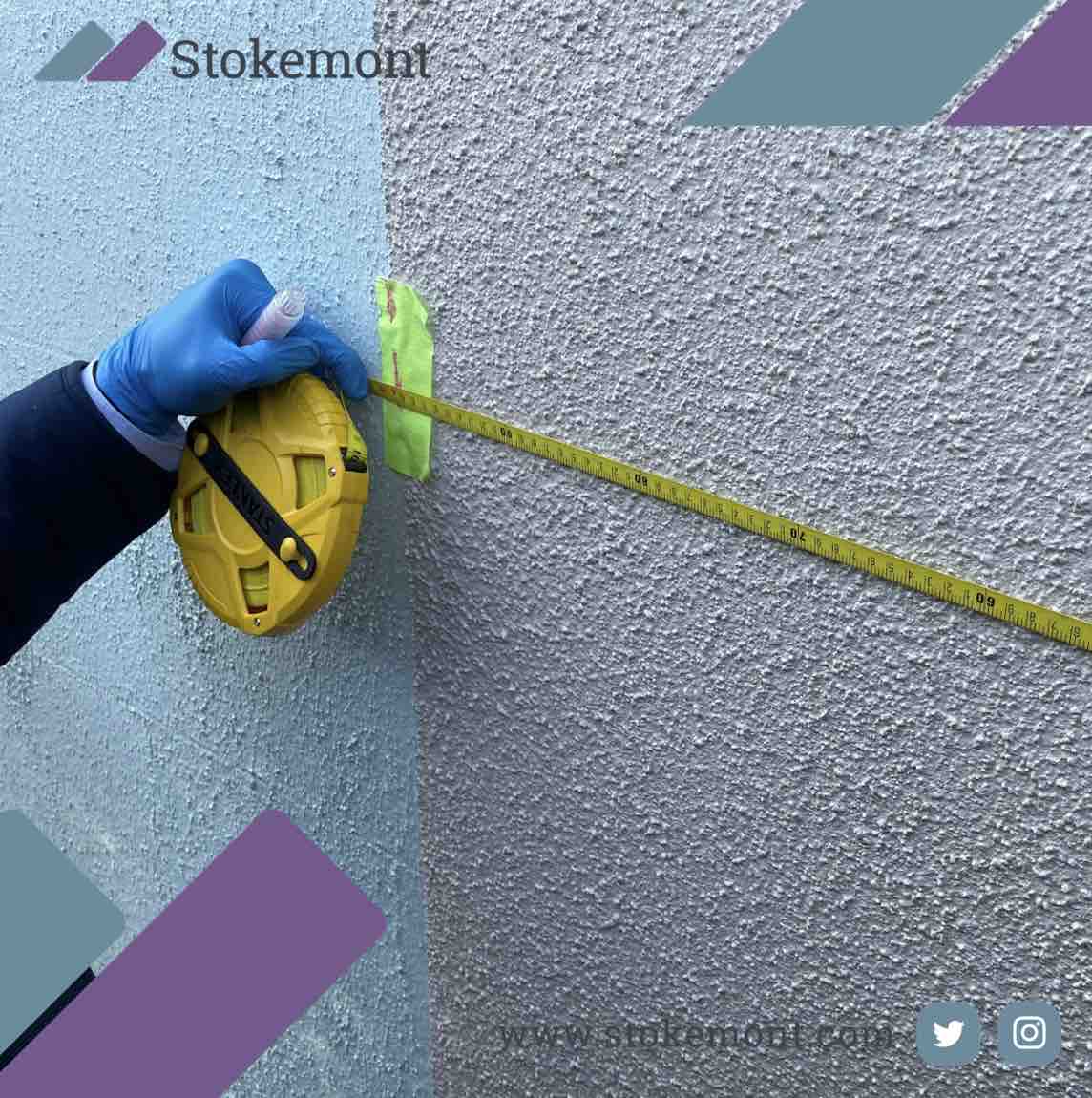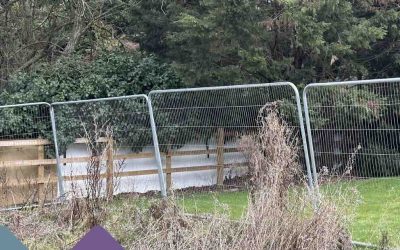In this week’s property surveying blog, we will be looking at Boundary Surveying and the topic of Trespass, the kinds of trespass and the best way to address trespass.
What exactly is a Trespass?
A trespass by definition is to enter unlawfully another land without consent to do so.
Taking the above into account, as you can imagine there can be many types of trespass, i.e.;
- A neighbour or member of public parking within your allocated parking space.
- A neighbour erecting a fence on you suspect to be your land.
- A member of public utilising your private land as a short cut to a destination.
Likewise, some trespasses can also be overlooked, such as gaining access to a neighbour’s land to aid the completion of construction works.
However, without the necessary permissions or service of sufficient notices, this too will be deemed as a trespass.
Ways to Avoid or Address Trespass
Statutory Consents
In some cases, by obtaining statutory consents would be a method of obtaining permitted access on to one’s land. Be sure to follow the necessary statutes such as the Party Wall Act 1996 in this respect.
For example, if you plan on carrying out works which you believe may result in yourself or your contractors having to onto/ into the neighbouring property or land however small, notice will need be served in this respect.
The Access to Neighbouring Land Act 1992
The Access to Neighbouring Land Act 1992 is a law that enables persons to have access to neighbouring land in order to carry out work necessary for the preservation of their own land or other similar purposes.
Before the Access to Neighbouring Land Act 1992 was introduced, the absence of an amicable relationship with a neighbour meant that it was essentially difficult for an individual to carry out repairs to their own property if they needed access. As a result, this commonly lead deprecated assets and an inability to sell the property.
Conveyance and Title Deeds
Similarly, to the Access to Neighbouring Land Act 1992, In cases where you may need to carry out repairs or maintain a deteriorated wall, fence or tree which may result in access being needed onto the neighbouring land, be sure to refer to your legal Conveyance and Title Deeds as if maintenance falls upon you in this respect, the deeds may specify the rights of entry for those purposes.
Boundary Determination
If you find that there’s no clear divide between your land and the neighbouring lands, but you happen to have an incline of what parts of the plot visible are yours, it’s advised that before making any drastic steps towards establishing a divide by erecting a fence, gate or constructing a wall in this suspected position that a boundary surveyor/professional be consulted with as they would be able to provide a very clear ideology concerning the true boundary divide. The absence of input from a specialist could later result in the expenditure spent on installing this divide establishment having to be removed.
Vital matters to look out for in relation to Trespass
Adverse possession:
Adverse possession is a legal principle under which a person who isn’t the paper title owner which can also be addressed as the legal title owner, usually of land, may be able to obtain legal ownership based on continuous actions, possession or occupation of the property without the consent from the legal owner.
With the above being said, to clarify this further, the possession cannot be deemed adverse if they the claimant is already occupying as a tenant or licensee of the legal owner.
For an adverse possession claim to be successful, there need to be 3 proven factors present:
1. Discontinuance or dispossession on behalf of the legal owner:
The non-legal owner, also known as a “squatter” must be able to display that there has been a neglect of the property.
2. Exclusive physical possession for the required period of 12 years or more by the non-legal owner:
This would consist of continuous acts of ownership without given consent by the PTO which hasn’t in effect been disputed. For example, a non-legal owner consistently adds a padlock to a door of a property. (Buckinghamshire CC v Moran)
3. Animus Possidendi:
This is essentially an obvious display of an intention to possess the property which is generally visible to the public as opposed to being actioned stealthily. An example of this would be cutting grass, consistently maintaining the property or even turning strangers away from the land.
Generally, with all the above in place and a duration of a minimum of 10 or 12 years passing, A legal owner can find themselves losing their legal right of ownership to a non-legal owner.
As set out above, Trespass is not a straightforward matter, it hinges to factors in various elements and circumstances.
If you happen to be subject to a matter of trespass or a matter that may lead to trespass, we advise that specialist advice is taken in this regard.
If you would like to discuss your Boundary Surveying matter with our team of experienced and qualified RICS surveyors and Measurers, give us a call today and we will be more than happy to assist and advise you.




